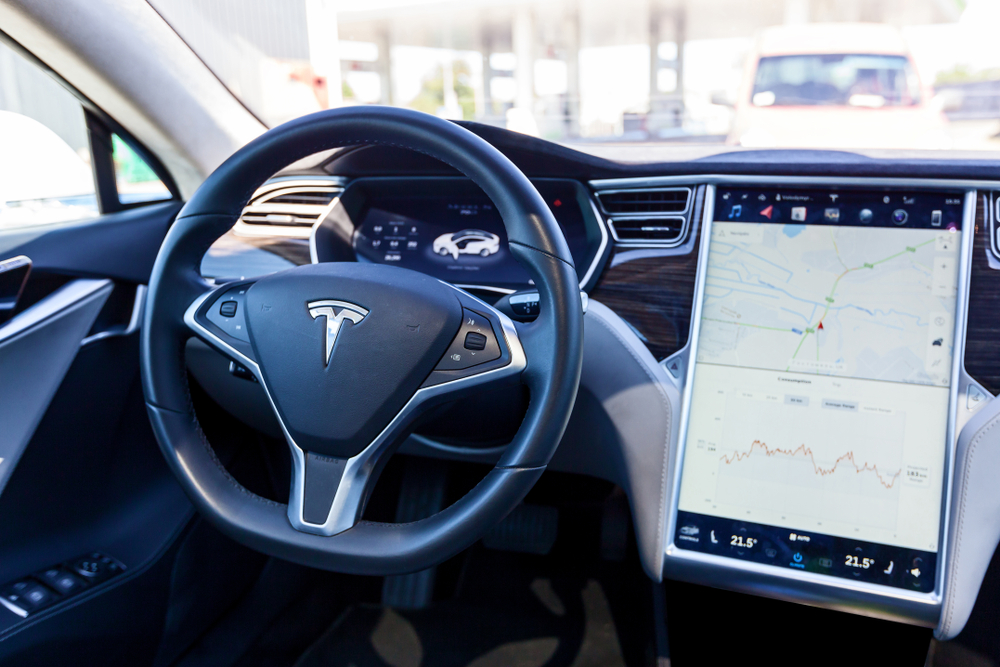
Following an investigation into Tesla practices, U.S. Sen. Edward Markey (D-MA) last week released recommendations to improve the company’s autopilot drive assistance program and keep drivers from checking out.
“Autopilot is a flawed system, but I believe its dangers can be overcome,” Markey said. “I have been proud to work with Tesla on advancing cleaner, more sustainable transportation technologies. But these achievements should not come at the expense of safety. That’s why I’m calling on Tesla to use its resources and expertise to better protect drivers, passengers, pedestrians, and all other users of the road. I urge Tesla to adopt my commonsense recommendations for fixing Autopilot, which include rebranding and remarketing the system to reduce misuse, as well as building backup driver monitoring tools that will make sure no one falls asleep at the wheel.”
Markey, a member of the Senate Commerce, Science and Transportation Committee, began investigating Tesla’s system after media reports identified already discovered means of circumventing the autopilot’s safety alerts and automatic shut-off feature meant to guarantee drivers paid attention. Ideally, the system is not intended to replace drivers, but rather to assist them through functions like keeping a car centered in its lane, altering cruise control speeds or self-parking.
“Throughout the purchase, user and ownership experience, Tesla clearly explains that Autopilot is not an autonomous system and does not make our vehicles autonomous,” Tesla wrote in a letter to Markey in December last year. In that letter, the company also touted its dedication to safety and data collection, while dismissing the online videos of autopilot manipulation as undertaken by bad actors and largely fake and meant to capture media attention.
Yet Markey found that safety concerns continue right from the system’s name. Autopilot was misleading, he noted, and he recommended rebranding and remarketing it to make it clear it is not a fully autonomous system. Further, he stated that Tesla has attempted to prevent drivers from circumventing their safeguards, but added that some drivers may still be able to trick the system for a short time. Its reliance on hand-pressure for monitoring driver engagement is not enough, in Markey’s opinion. It should be complemented by backup monitoring systems — perhaps a second or even a third system to monitor driver engagement in different ways.